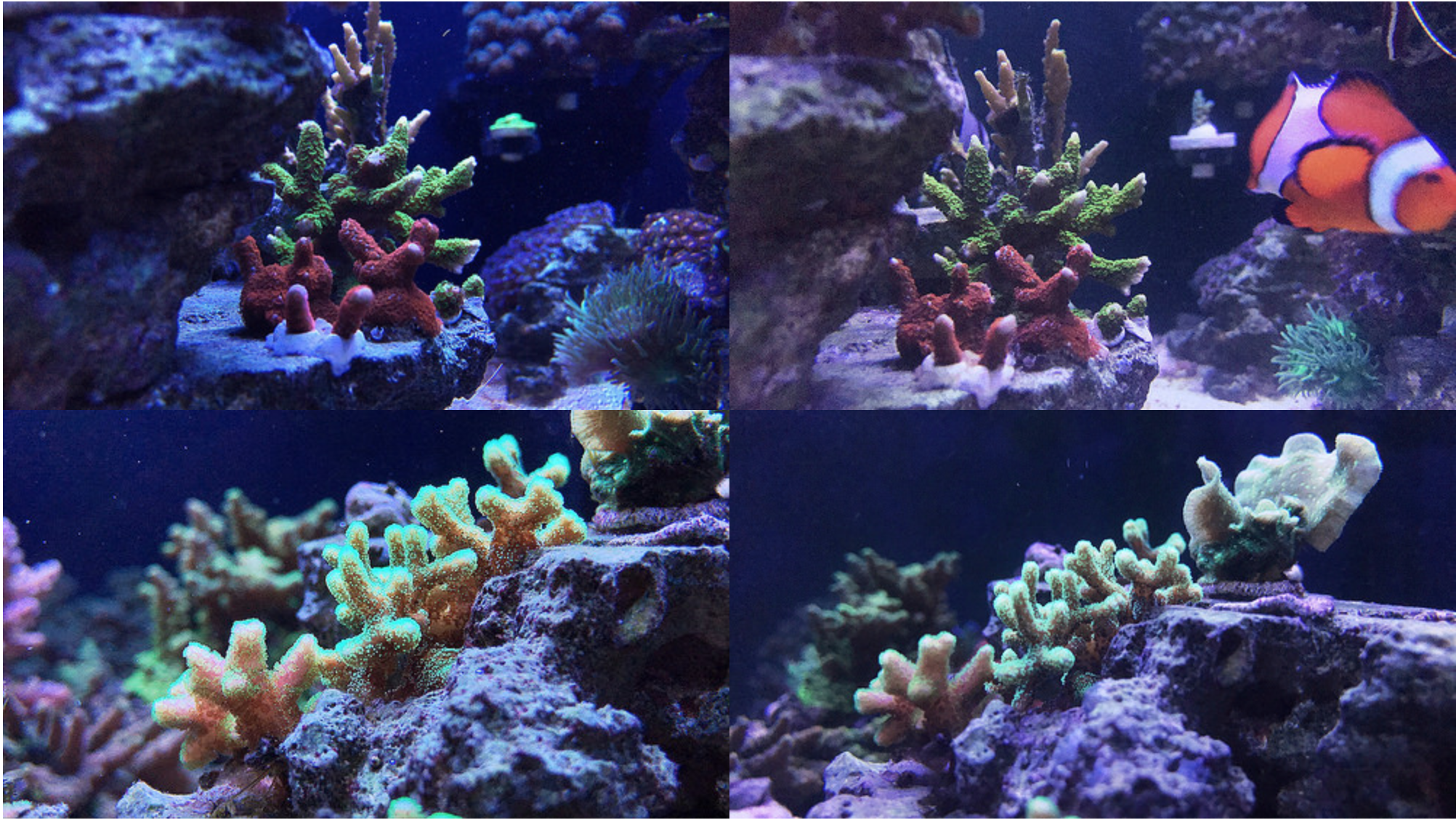- Joined
- Dec 8, 2013
- Messages
- 810
- Reaction score
- 1,352
Do you mind explaining the 4-pi versus 2-pi sensor?Thanks for the reference! A quick look of the results states AA uptake by the Stylo occurred in light when the concentration exceeded 0.5 micromole/L but did not in a Pocillopora - a vexing observation. As for the light intensity, they used a 4-pi sensor while almost all other researchers use a 2-pi, hence the PPFD measurement includes upwelling light which could be substantial if the substrate is highly reflective. I state this only because I wouldn't want anyone to run with the idea that uptake occurs at a moderate light intensity, one found in many aquaria, when in fact we could guess that uptake actually occurs at a substantially lower intensity (as measured with a 2-pi 'hobby grade' meter.) Thanks again!
From what I gathered from the results, at 3uM/L of DFAA, increasing light intensities (when comparing 0, 160 and 300 PAR) seemed to drastically increase DFAA uptake. Thus, at least for Stylophora, dosing DFAA during the day would lead to higher uptake rates than during the night.


















